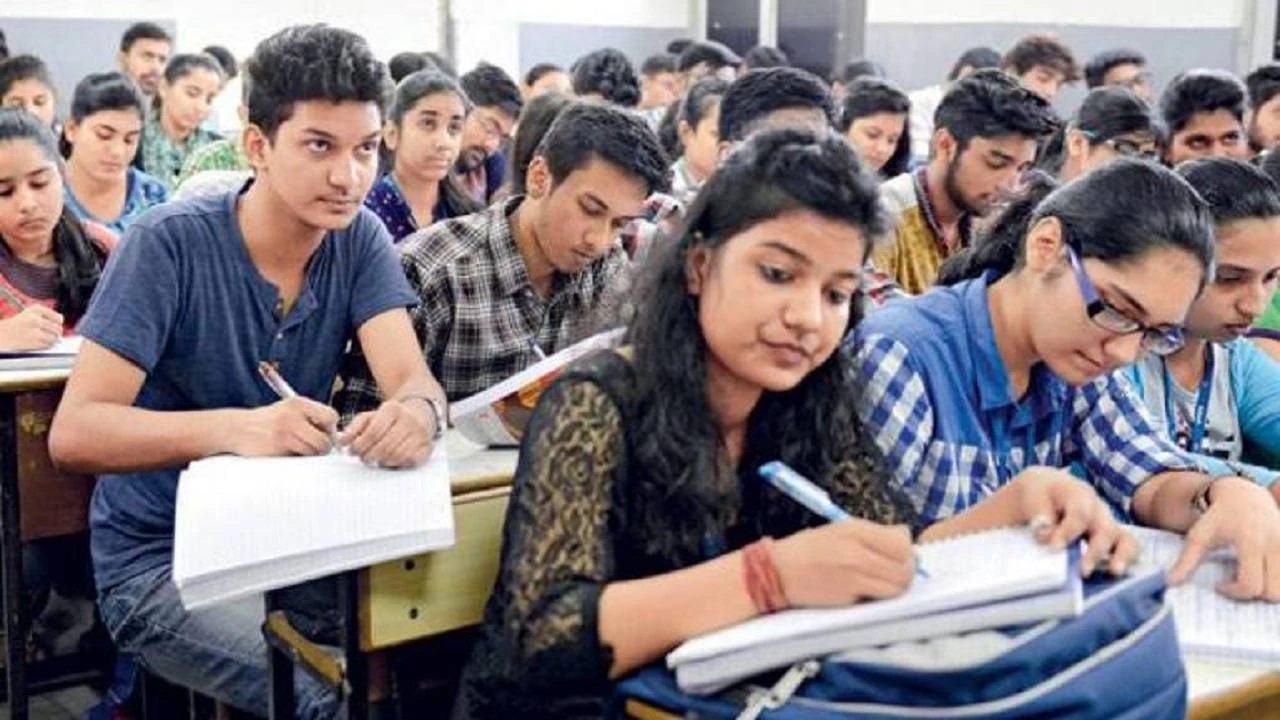NBSE HSSLC Syllabus 2025-26 is set by the Nagaland board. From its official website, you can get the syllabus PDF for all subjects of Science, Commerce, and Humanities streams. In Science, students will have to study Physics, Chemistry, and Biology. In Commerce, Economics, Business Studies, and Accountancy are the main subjects. For the Humanities stream, students will have to study Geography, History, and Political Science. Each subject will have a theory exam. Some subjects will have a practical exam too. For the detailed syllabus, students can visit online and check the syllabus in detail. Besides the syllabus, students can also check the NBSE HSSLC exam pattern 2025-26 to prepare for the board exams. Continue reading the article for more information about the Nagaland Board Class 12th Syllabus 2025.
Nagaland Board Class 12th Geography Syllabus 2025-26
Below given is the detailed syllabus:
Part / Unit | Topics Covered | Detailed Description | Marks |
Part A: Fundamentals of Human Geography | 1. Human Geography: Nature and Scope | Introduction to human geography, meaning and importance, relation between human beings and environment, schools of thought (environmental determinism, possibilism, neo-determinism). | 3 |
2. The World Population: Distribution, Density and Growth | Global distribution of population, factors affecting population distribution, concepts of density, growth patterns, demographic transition model. | 5 | |
3. Population Composition | Characteristics of population such as age structure, sex ratio, rural-urban composition, literacy levels, occupational structure. | 4 | |
4. Human Development | Concept of development, human development indices (HDI, gender inequality index), factors influencing human development, comparison across countries. | 4 | |
5. Primary Activities | Importance of agriculture, fishing, forestry, mining and related occupations. Classification of farming (subsistence, commercial, plantation), types of agriculture in the world. | 5 | |
6. Secondary Activities | Manufacturing industries, factors influencing industrial location (Weber’s theory), types of industries, impact of industrialization. | 5 | |
7. Tertiary and Quaternary Activities | Services like trade, transport, communication, banking, information technology, knowledge-based activities. Role of modern services in globalization. | 5 | |
8. Transport, Communication and Trade | Evolution of transport systems (land, water, air, pipeline), international trade patterns, role of communication in economic development. | 5 | |
9. International Trade | Importance of global trade, major trading blocs (EU, ASEAN, NAFTA, SAARC), India’s trade relations. | 4 | |
Part B: India – People and Economy | 10. People | Distribution, density and growth of India’s population, demographic attributes, migration patterns, linguistic and religious composition. | 6 |
11. Human Settlements | Types of rural and urban settlements, classification, morphology of towns, urbanization in India, problems of urban areas. | 6 | |
12. Resources and Development | Land resources, water resources, agriculture (types and distribution), energy resources (conventional and non-conventional), sustainable development practices. | 8 | |
13. Transport and Communication | Modes of transport in India – railways, roads, waterways, airways, and pipelines. Development of communication systems and their role in economy. | 6 | |
14. International Trade | Composition and direction of India’s foreign trade, balance of payment issues, globalization and India’s integration with world economy. | 6 | |
15. Geographical Perspective on Selected Issues and Problems | Environmental pollution (air, water, noise, waste), urban waste disposal, urbanization problems, issues of slums, land degradation, sustainable resource management. | 6 | |
Part C: Practical Work in Geography | Map Work and Practical Exercises | • Data collection, tabulation and presentation. • Use of diagrams, graphs, thematic maps. • Map skills – locating and labeling features from world and India maps. • Field study or project work based on local issues (population study, resource survey, environmental analysis, etc.). | 30 |
Total | — | — | 100 Marks |
NBSE HSSLC Syllabus 2025-26: How to download
By the time the NBSE Exam timetable for Class 12 is released, students should have finished their syllabus. Below are simple instructions for downloading the NBSE Class 12th Syllabus 2026.
Step 1: First, go to the NBSE Board's official website.
Step 2: Click on the homepage's syllabus section now.
Step 3: There will be a new page.
Step 4: Select the NBSE HSSLC Syllabus 2026 link.
Step 5: It will show Nagaland Board 12th Syllabus 2026 on the screen.
Step 6: Save the NBSE 12th Syllabus 2026 to your computer for further use.

